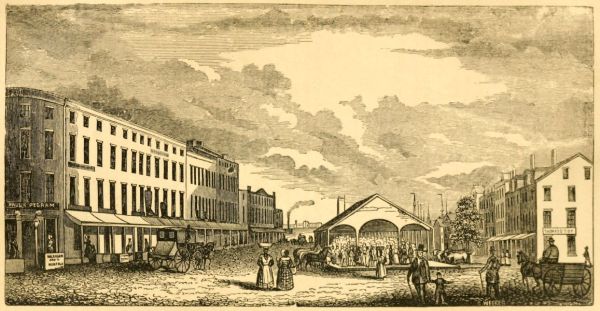In the early Industrial Revolution, agriculture was the primary focus of the southern economy. Still, industry started to grow in the region. Cities and towns grew near rivers and along transport routes, where water power and trade helped new businesses thrive. Plantations still played a significant role in the economy. With industrialization, small factories, ironworks, and mills also became a part of the economy.
Early industries in the South produced many types of goods. Textile mills spun cotton into thread and cloth. Ironworks made tools, machinery, and railroad parts. Sawmills turned timber into lumber for buildings and ships. Sugar and rice mills processed crops for export. These industries supported plantation owners, farmers, and merchants. They added value to Southern raw materials and linked local work to national markets.

Transportation improvements supported this growth. New canals, roads, and railroads linked plantations and towns to ports. Steamboats carried goods up and down major rivers. Rail lines slowly expanded across the region, carrying iron, lumber, and cotton to coastal cities. Better transportation made it easier to move both people and products, creating more opportunities for trade and investment.
Many Southern industries used a combination of labor systems. Enslaved workers built railroads, canals, and levees. Free laborers worked in shops and factories. In some places, enslaved and free workers labored side by side in mills or foundries. These workers helped create a more industrial economy, even as agriculture still ruled Southern life.

Technology also played an important role. Machines powered by water and steam increased production in mills and workshops. The cotton gin, invented by Eli Whitney, is one way new machines made work faster and helped industry grow. Agriculture was still the heart of the Southern economy. However, industrialization started to change how the region produced, moved, and sold goods.
